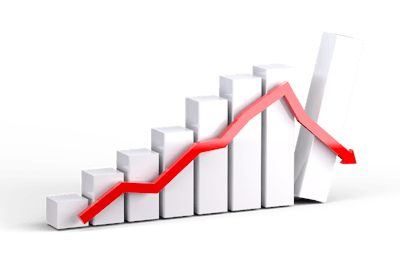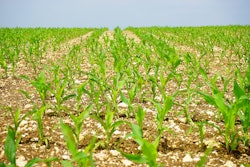
China Soybean Imports Decline By 40% in December
China's December soybean imports plunged 40.1% from a year earlier, customs data showed on Monday, as it cut purchases from the United States, its second-largest supplier, because of the trade war between the two countries. Imports last month dropped to 5.72 million tonnes which was the lowest for the month since December 2011. For all of 2018, imports fell for the first time since 2011. Soybean imports during 2018 fell by 7.9% to 88.03 million tonnes. China, the world's top soybean buyer, usually sources the bulk of its oilseed imports from the US in the final quarter of the year when the US harvest comes to market. Soybean imports from the US in November fell to 0. Chinese buyers have been relying on bean stocks in Brazil, its top supplier of the oilseed, in the fourth quarter due to the Sino-US trade war.
What does this mean for the U.S. farmer? The market has seen increased Chinese export activity from the U.S. over the last couple of weeks but the volume is just ahead of the new-crop Brazil and Argentina harvests. With the Brazilian soy crop being reduced from 120 mmt to 116 mmt there is room for U.S. exports. However, expect the Chinese traders to pull on Brazilian soybeans over the US. We continue to monitor Brazil/US FOB spreads for signals.
U.S. Government Shutdown Sends Agricultural Traders Looking for Data
To fill the void on data, traders and farmers are relying on private crop forecasters, satellite imagery firms and brokerages offering analyses on trade and supplies. Some have been scouring Twitter for tidbits on shifting weather patterns and rumors of grain exports, but say it is difficult to replace the USDA. An increase in private companies using government-collected satellite images to track farmed fields in recent years helps shine a light on global crop conditions even while government agencies are dark.
What does this mean for the U.S. farmer? Absent the USDA’s WASDE reports, the federal government is still releasing pertinent data which continues to influence the direction of the agricultural cash and futures markets. While the WASDE is the fundamental benchmark, the secondary market has an abundance of sources that are providing strategic market guidance and insights. Contact your FBN FMA for help navigating these opaque markets.
The risk of trading futures, hedging, and speculating can be substantial. FBN BR LLC (NFA ID: 0508695)










